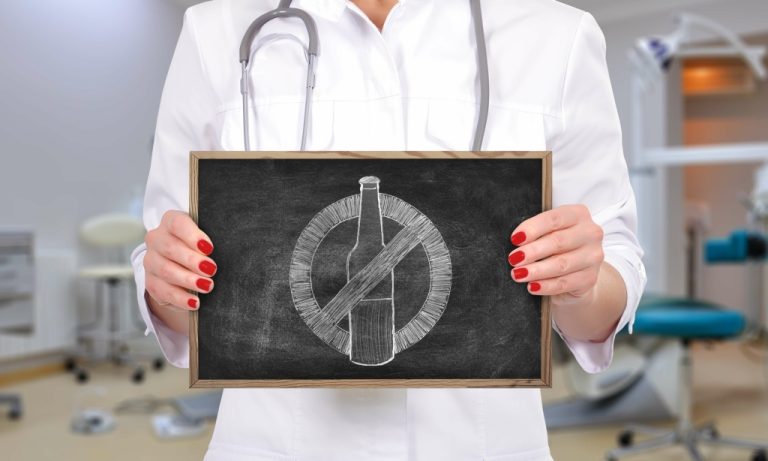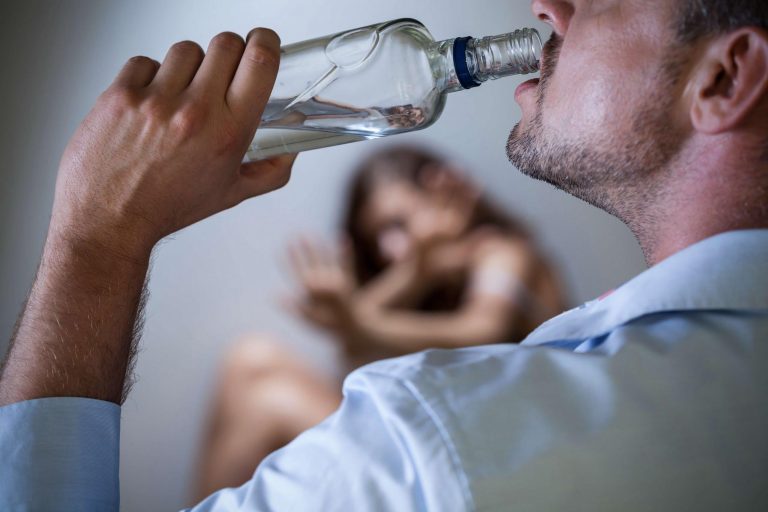In diabetes, the what is a chronic drinker pancreas cannot produce enough insulin, leading to uncontrolled blood sugar. In heart disease, arteries may become blocked, limiting blood flow. In addiction, brain circuits are dysregulated, leading to compulsive substance use. All three can be influenced by genetics, lifestyle, and environment.
- These changes can impact decision-making, impulse control, and reward processing, which are all central to addictive behavior.
- This is why some people can control their use and others can’t.
- As a result, the necessary support for recovery is often delayed.
- They were seen as people who were out for their own pleasure without regard for anyone else.
The Road to Recovery to Personal Transformation
Nicholas Boeving is an independent scholar whose research interests include the psychology of religion, new religious movements, and comparative addictionology. He would like to thank Ann Gleig and Claire Villareal for their support Halfway house and insight in the process of writing this article. I’ll get there, but first I suggest that the unconstitutional imposition of twelve-step programs for drug and alcohol offenders be replaced with labor programs coupled with volunteering. Helping others is the surest way to shift the focus of small self.

Addiction
Addiction is recognized as a disease by leading medical authorities because of its biological and behavioral hallmarks. It’s about using the most effective, evidence-based tools to help people recover. Addiction physically alters the brain, especially the reward system. Substances like opioids, alcohol, and stimulants trigger a surge of dopamine, the neurotransmitter that regulates pleasure. Over time, the brain begins to prioritize drug use above all else, even in the face of harmful consequences. The process of addiction is set in motion automatically, by the brain’s response to a behavior repeated often enough because it is reinforced by the very pleasurable—but, alas, short-lasting—reward of dopamine surge.

Helping Others: An Alternative Treatment Strategy
Many of the photos included on this webpage are original photography featuring paid actors. These photos do not represent individuals who have substance use disorders or are living in recovery. The exception to this are photos of people who are named and share their personal stories about substance use disorder.

When it comes to understanding addiction, various models have been proposed to explain its nature and causes. The traditional disease model is just one perspective among several others, including psychological models and socio-cultural models. In essence, the biological viewpoint of addiction states that we are predisposed to addictive behavior through physiology and chemistry. ConclusionAddiction has long been misunderstood, but modern science provides clarity. Recognizing this changes how we treat it, how we talk about it, and how we support those living with it.
Is addiction a choice?
As a https://ecosoberhouse.com/ result, the necessary support for recovery is often delayed. This stigma can foster harmful environments where addiction is viewed as a moral failing rather than a treatable condition. Addressing these misconceptions is crucial for encouraging more compassionate, effective treatment approaches, promoting recovery, and ultimately diminishing the stigma experienced by those with addiction. Initially, the decision to use drugs may be voluntary, but continued substance use can lead to impaired self-control, a defining characteristic of addiction.